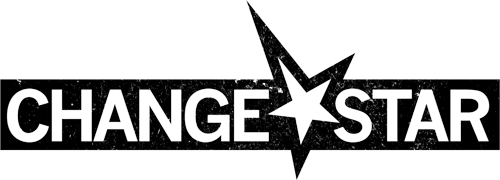
I was at a meeting recently with a client who is in the initial stages of developing an individual giving programme. During our meeting I reflected on what a positive attitude they had to starting work on this activity, and how it puts them in so much of a better position to succeed than other charities who don’t quite ‘get’ what is needed when embarking on such a programme.
What were they doing right in their individual giving programme that others so often get wrong?
- They have put a supporter communication programme in place first – before they embark on any recruitment activity they have a clear idea of the supporter journey that they will be taking their new recruits on, as well as how they will deal with supporter care. You’d be surprised at how many charities don’t have this in place.
- They have realistic expectations of recruitment testing – they realise that direct response fundraising is an evidence-based science, and that we can evaluate the success of each aspect of the test. They also accept the (very likely) possibility that some elements of the recruitment test may not work – for example, not every list they test may work – but that this is the nature of testing something new, and this should not put them off continuing with the activity if some elements are working well.
- They know how to evaluate success – in partnership with us, the organisation is aware how it will measure success in its recruitment activity and what the benchmark performance for a successful test might be. This makes it much easier to make good and quick decisions once the results come in about how and where to roll out their recruitment activity. It also gives the organisation greater courage to move forward and make the investment in rolling the activity out, at the point after testing where some charities can get cold feet in taking this step.
- They are prepared to invest in rollout – the organisation knows that testing recruitment is just the starting point and that the real benefits, economies of scale and volumes are achieved when the charity rolls out the recruitment activity on an ongoing basis. The charity therefore doesn’t just allocate money to some test activity, and then realise they don’t have enough money (or courage or commitment) to roll it out on an ongoing basis. Instead, it looks ahead to the rollout stage at the same time as planning the test and allocates expenditure budget to this too, so that it can fully capitalise on the successful tests if/when they happen.
- They are committed to the individual giving programme – overall, the charity has made the decision (from the board downwards) to commit to the programme for the long term, as they recognise that this is the only way the organisation will gain real benefits from it.
*whilst paying complete attention to every word they were saying, naturally.
By Richard Docwra, Director, ChangeStar
Email Richard about an individual giving programme or other fundraising activity

